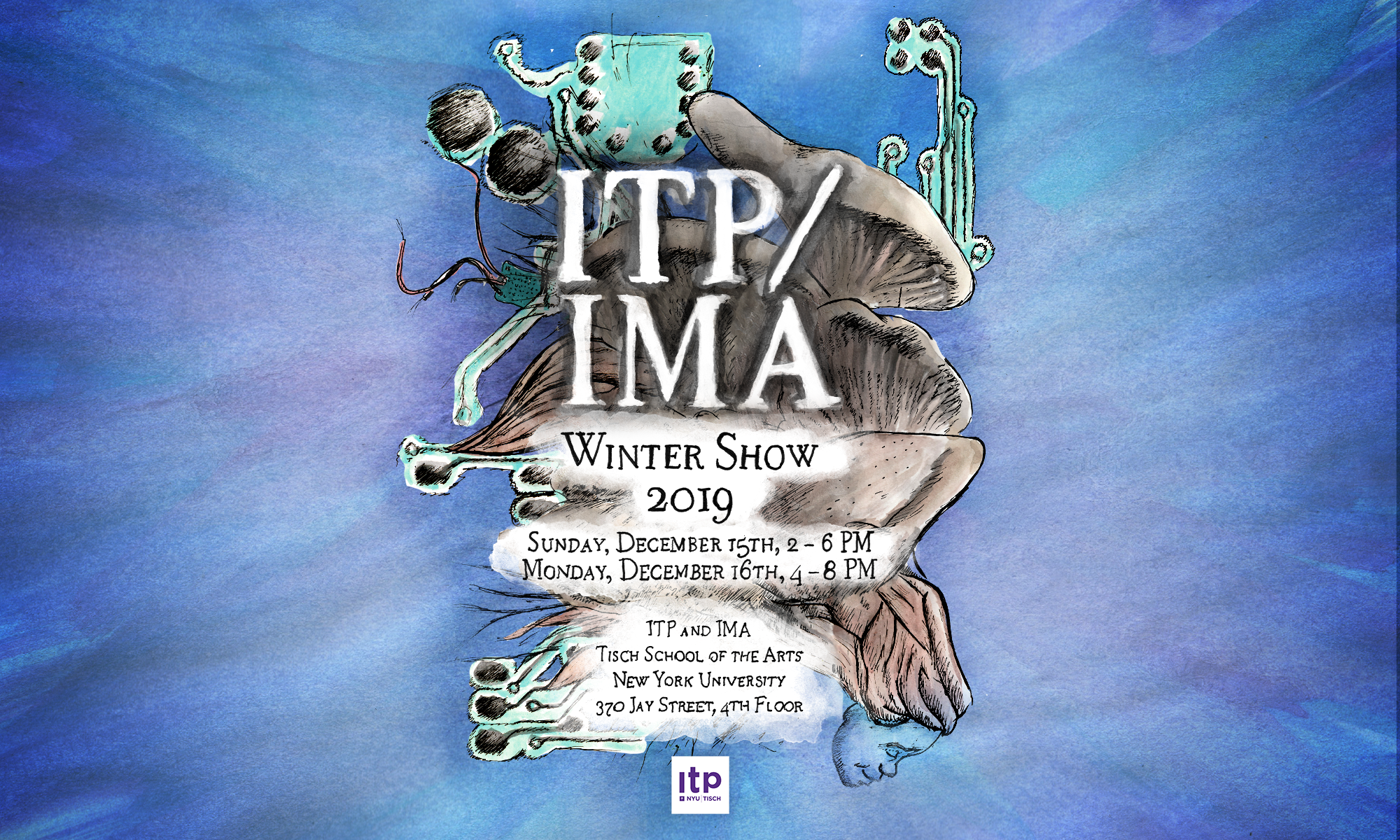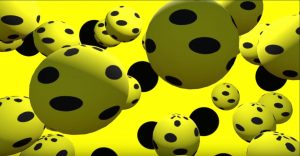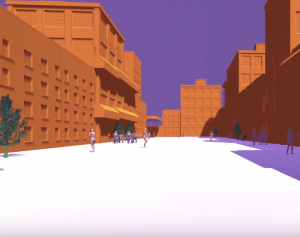Chunyi Yang
A screen-based game about the life of a faithful pilgrim.
https://github.com/EEEEEV/The-Pilgrim
Description
In the game, the players control a micro creature to move around and gather bricks. The bricks are used to build a tower, which is for these faithful creatures to reach their sovereign patron saint. The protector, or the “god,” protect the creatures from brightness, which can kill them. Players will loose health point if exposed under light, but will get healed around the tower. As players gather more bricks, the tower will become taller, thus enlarging the vision and the map. Players also get to meet more creatures dancing around the tower, worshipping the god. Some characters share stories of the god. Players may feel frustrated due to the difficulty and boredom of collecting bricks, but their sense of mission may grow as they receive stronger gratitude and adoration from other creatures, for that their dream is about to come true. As the tower is finally tall enough for them to reach their god, players have a chance to see who the god is, and what happens at last.
Classes
Comm Lab: Hypercinema, Creative Computing





